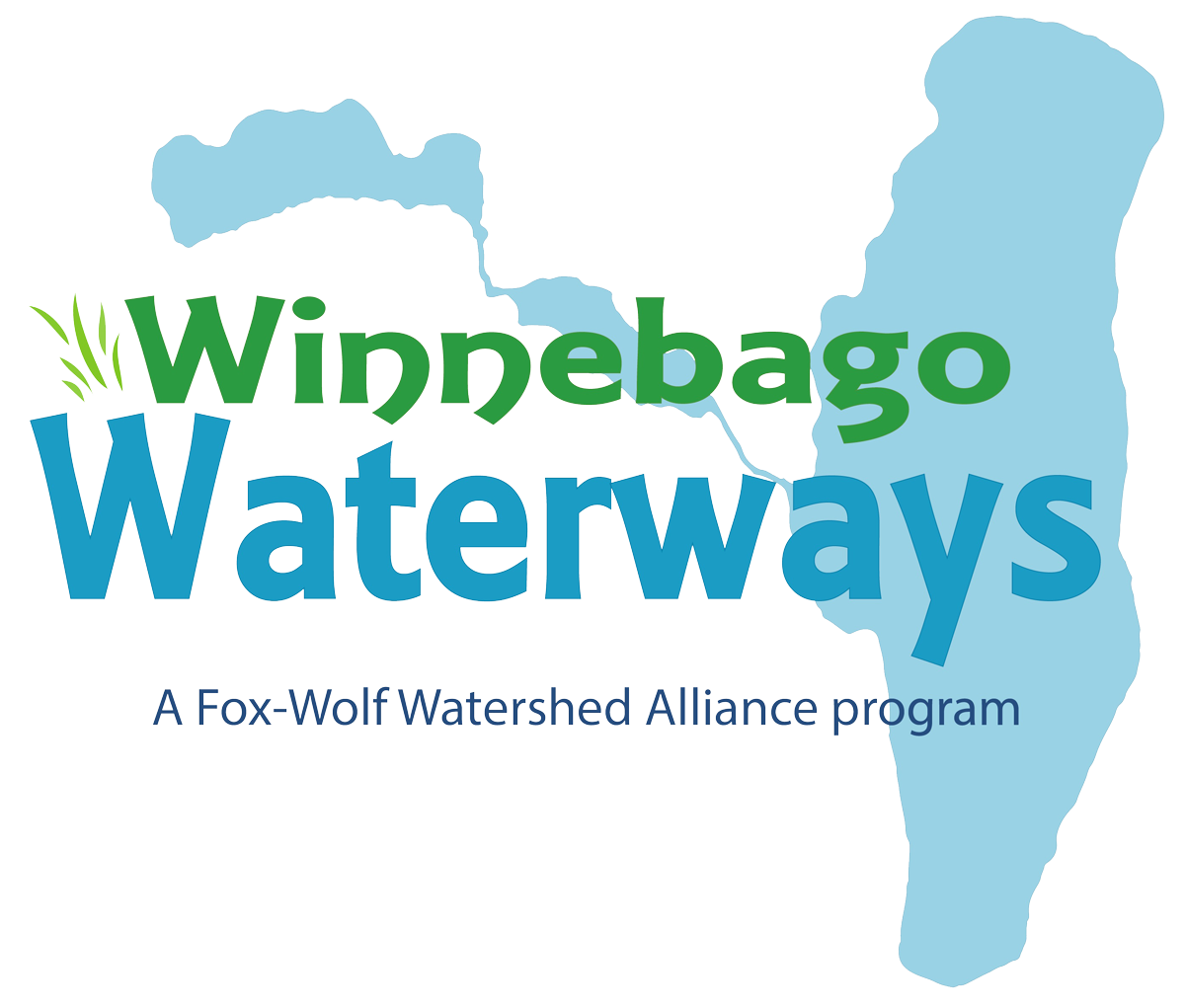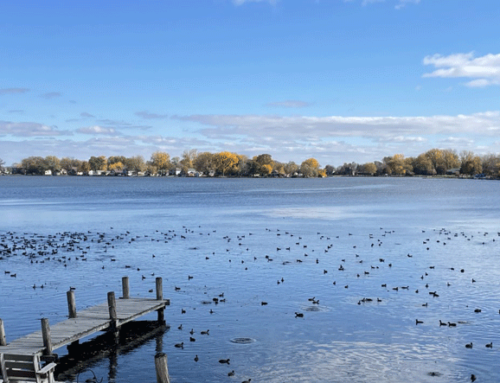Article written and submitted by Angelo Cozzola, WDNR
The fisheries management team covering the Winnebago System will be conducting a fish passage study this spring. Fish will be netted and given a PIT tag, a small pill shaped object (photo 1 & 2), that will give the fish a unique ID number. The netting location and date, species, size, and sex of the fish is linked with the unique ID number. Fish can be scanned for a PIT tag with a handheld reader as well as in water arrays that will log fish detections over time in a stationary location. By strategically placing our PIT tag detecting arrays we can document fish movement over time, giving us insight on fish habitat use, seasonal movement trends, and potentially identify areas that may restrict fish passage.
Our spring project of 2023 will be focused on the Fond Du Lac River as well as Van Dyne Creek. There will be netting locations in Supple Marsh, the mouth of the Fond Du Lac River, below and above the Eldorado Marsh dam, and the mouth of Van Dyne Creek. Below is a map displaying netting locations and PIT array locations (Maps 1 & 2). There are two types of arrays we install, submersible disc arrays (photos 3 & 4) and Litz cord arrays (photo 4).
The arrays will be installed prior to netting efforts likely in mid-March and will be monitored weekly to bi-weekly until they are removed around the end of June. The submersible disc arrays are completely submerged in the stream and anchored to the sediment. The Litz cord arrays run the entire length of the stream and also have an out of water portion consisting of a green utility box and its associated cord.
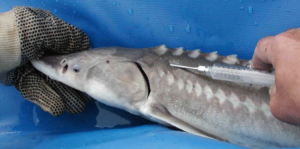
Photo 1: A sturgeon being inserted with a pit tag (Nelson, et al.)
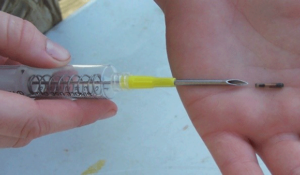
Photo 2: a pit tag and insertion needle.
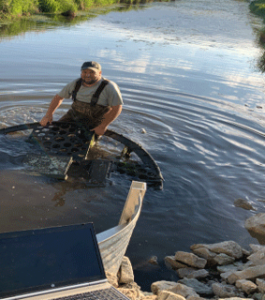
Photo 3: Fisheries staff downloading data from submersible array.
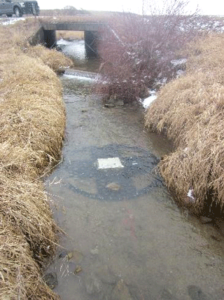
Photo 4: Submersible array in stream.
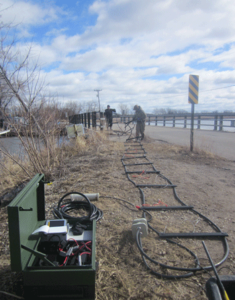
Photo 5: Litz cord array prior to install
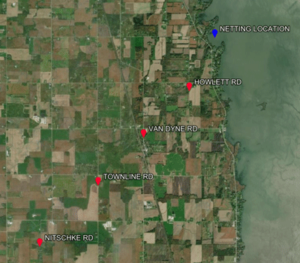
Map 1: Map showing netting location and array locations in Van Dyne Creek
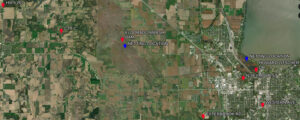
Map 2: Map of potential Array locations on Fond Du Lac River and its tributaries.
This project will provide resource managers with information on how Winnebago System fish utilize these areas. If you have any questions on our 2023 project please contact: Angelo Cozzola, Winnebago System Gamefish Biologist, Fisheries Management Bureau/Division of Fish, Wildlife, and Parks at 920-410-9170 or angelo.cozzola@wiconsin.gov
Winnebago Waterways is a Fox-Wolf Watershed Alliance recovery initiative.
Contact us at wwinfo@fwwa.org

